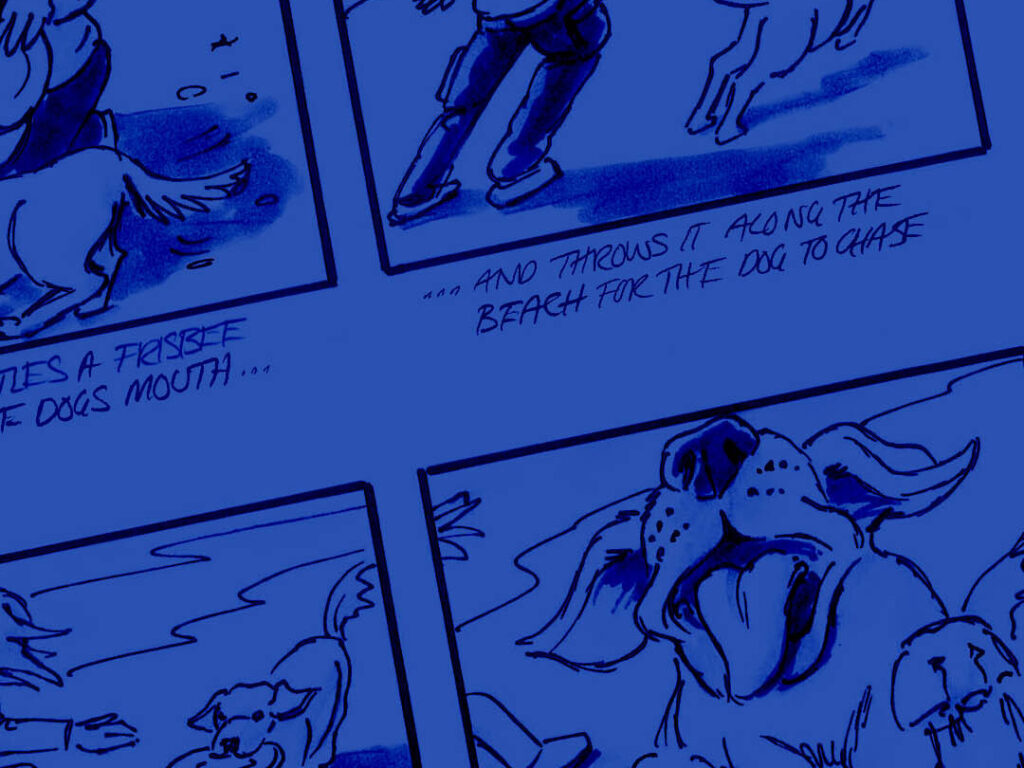Whether they fill the big screen or our living rooms, films serve up unparalleled levels of escapism. We are transported out of our world, into theirs — whoever they may be, and whatever their world may represent.
Some dreamy, some gritty, some fantastical or some, are even damn right ludicrous. There is something for everyone.
But how are stories translated from the plains of imagination into such forms of visual indulgence?
You only need to glance at a film’s credit reel to understand the sheer expanse of any production — it only hints at the many moving parts and many skilled people required to work in unison.
Steering the ship
But at the top of the food chain is the film director. From visualising the script, and directing the shoot through to working with editors to assemble the content, it is essentially their vision that we are witnessing.

“I think, at the end of the day, filmmaking is a team, but eventually there’s got to be a captain.”
— Ridley Scott.
And before any film is released, it has already been through an immense journey to become that seamless product that audiences are asked to emotionally invest in.
But the ratio of production time against end product time is genuinely staggering.
It’s thought that the most popular length of a film is around 90 to 100 minutes, although a majority of movies are anything from 80 to 120 minutes long — though of course they can be longer.
But even to produce something of average length (from conception to completion) can reflect a lifespan of anything from two to three years — again, if not longer.
For example, the Lord of the Rings trilogy was shot simultaneously and entirely in New Zealand, taking eight years to complete. This equates to two years shy of a decade, to deliver just over eleven hours of film.
It is a prodigious and sustained process in reaching the point where a film can stand on its own feet, and it is something we were keen to explore.
Concept to development
And as Loftworks created the opening title sequence for When the Screaming Starts, a mockumentary that was co-produced, written and directed by Conor Boru, we were extra keen to find out more from him about his own involved process for the film.

Centered on an aspiring serial killer and the documentary filmmaker who follows him on his bloodsoaked journey, Conor explained the inspiration and logistical challenges behind making it.
“Ed Hartland (lead actor and co-writer) is a frequent collaborator of mine and he approached me with the concept. He had a rough draft of the script and it just grabbed me straight away. I saw a lot of potential and felt we could have a lot of fun with the story.
“He had the initial idea whilst watching the Ted Bundy tapes — finding himself utterly gripped and asking what that said about him, and society for that matter, to be so infatuated with these serial killers? I personally think it is a natural morbid fascination we have as humans.”

If Conor’s words tell us anything, it is that ideas can be born from anywhere — through the channels of imagination or even real life events, as he mentioned. But physically translating any concept into moving pictures is often a testing journey.
“We faced challenges on a daily basis — from pre-production right through to post (production). And when we were trying to get the film out to festivals, we talked to sales agents and distributors, and the challenges keep on coming. But that's filmmaking isn't it? Just needing to constantly put out fires.”
Host of considerations
A big part of any production also focuses on other all-ruling elements, such as time, and of course inevitable financial restrictions.
“Time is another constant challenge. There is always a ticking clock and you have to learn to prioritise what is essential to the story.” Conor added.
“We didn't have a great deal of money to make the film so that was a constant obstacle. We were trying to keep the quality as high as possible with little funds.”
Saying this, he believes that financial restraints can actually be a positive.
“Sometimes the lack of resources can force you to get creative and think outside of the box. But the reception to the feature has been amazing. We had our world premiere at Frightfest — selling out three screens (I believe the only film at the festival to do so).”
And when asked if he had any advice for anyone wanting to make their first feature, Conor said that passion and people are a good starting point.

“If it's a first feature you have to love the idea. You'll be working on it for a long time! Find other like-minded people who are looking to make their first feature and make it worthwhile for everyone involved and you'll attract a much stronger team.”
Filmmaking is quite a behemoth in stature. But it is an art form that continues to inspire directors like Conor to deliver a unique form of visual fulfilment, for audiences as a brief emotional departure from their lives.
We thank Conor for his time sharing these insights with us.
'When the Screaming Starts' is out now on most of the major platforms, and don't forget to leave them a review!



